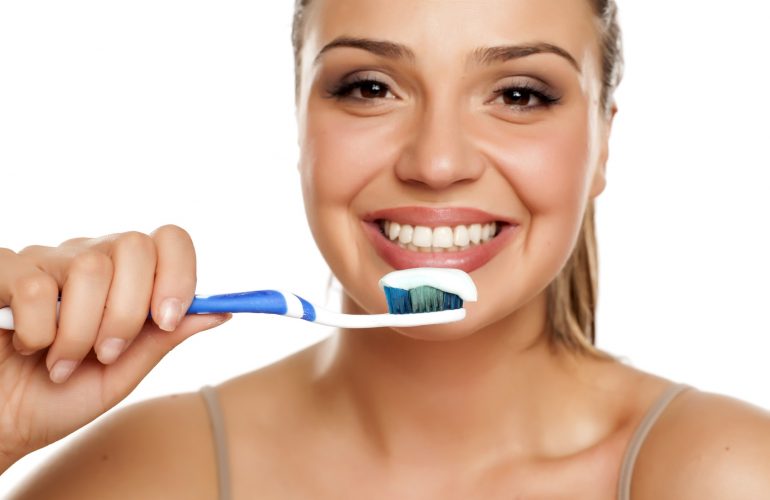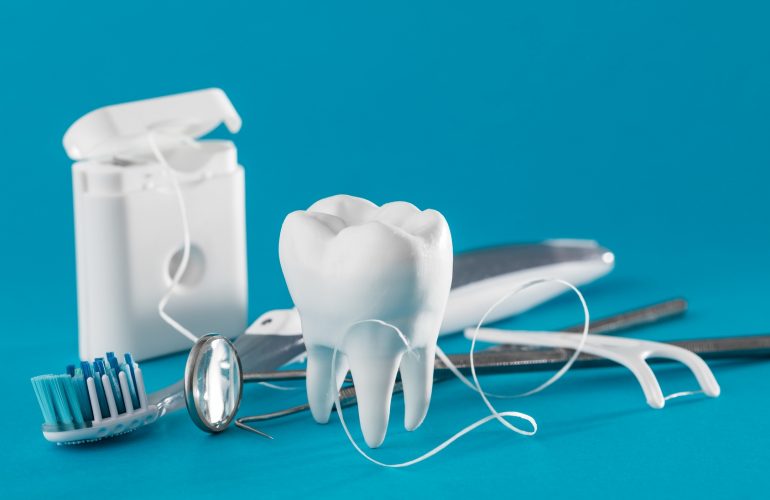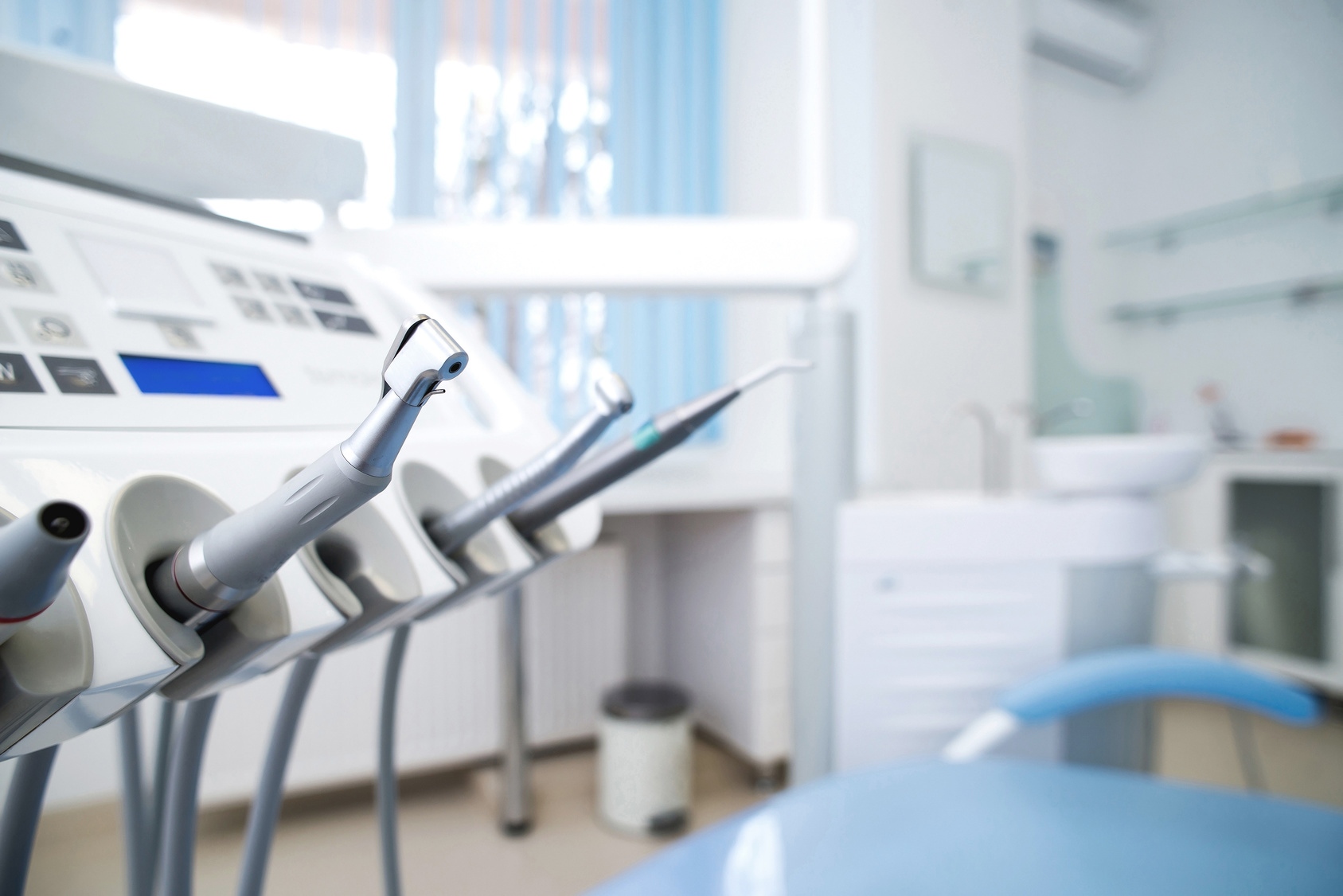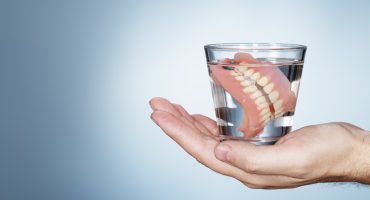In the area of supplemental dentistry, the oral irrigator nowadays occupies a permanent place in oral hygiene in more and more households. Since the oral irrigator is not suitable as a sole dentifrice, it is increasingly offered as a combination device with the electric toothbrush. The oral irrigator is a useful supplement to daily oral hygiene.

What is an oral irrigator for?
The purpose of an oral irrigator is not to omit the teeth rinse after brushing, but rather in the additional thorough cleaning of the interdental spaces. These areas can not be reached with a normal toothbrush, but need to be cleaned just as consistently, as accumulation of food particles in these interstices can cause inflammation of the gums and tooth decay.
For whom are oral irrigators suitable?
An all-round care is of course best achieved with a combination of toothbrush, oral irrigator and dental floss. However, the use of flossing requires some practice and causes great problems for many people, especially the elderly and children. In the case of the oral irrigator, however, it suffices, after brushing the teeth with the water jet, to clean tooth by tooth in order to rinse out any remaining deposits and food particles.
In this case, the oral irrigator is an almost complete replacement for the dental floss, which of course brings a lot of fun to the children and can also be used as a motivator for daily brushing.

Can an oral irrigator replace brushing?
Today, many people still believe that it is enough to rinse the mouth thoroughly to free teeth from their plaque. At the very least with the first problems such as tooth decay or gingivitis, however, they are beneficial. Oral showers are not a substitute for consistent care of the oral cavity. At least twice a day, the teeth must be thoroughly cleaned with a toothbrush and toothpaste. Regular checks at the dentist are also included to ensure the health of the teeth and gums.
The oral irrigator, however, can provide valuable assistance in the field of oral hygiene by thoroughly cleaning precisely the places where the toothbrush does not reach. However, the oral irrigator does not have healing functions, which is why you should go in case of gum problems for immediate treatment in the hands of an experienced dentist.
How do oral irrigators work?
An oral irrigator combines water pressure with vibrations. Scientific studies have shown that the best results in dental cleaning are achieved at a water pressure between 0.7 and 6.2 bar and between 800 and 1200 cycles per minute.
With the light water jet not only the interdental spaces can be cleaned with care, but also on and under the gum line, under fixed braces, crowns and bridges can be gently removed. So exactly in all those places that a normal toothbrush can not reach.
Weitere Beiträge

Care of the deciduous teeth
Even if the deciduous teeth remain in the dentition for only a few years before being replaced by the permanent teeth, the care of the deciduous teeth in children should not be neglected. Because diseased and destroyed baby teeth can lead to a disturbed function of the masticatory system as well as permanent teeth.



